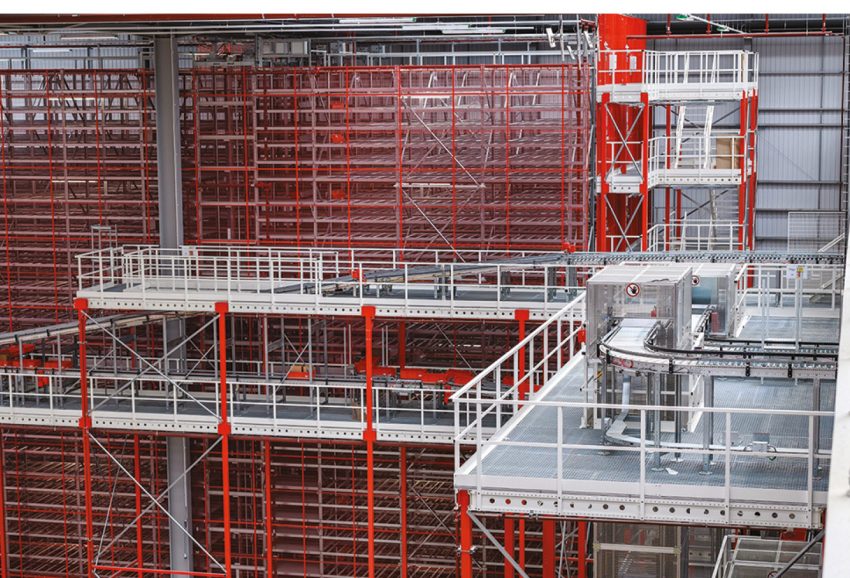Logistics and warehouse ocupiers are investing in automation to offset the shortage of suitably skilled workers and rising costs
The focus on more efficient working practices, including automation, will continue as the property market adapts to a new era, says Simon Parsons, partner at Berrys
The recent Bank of England – Summary of Business Conditions report, Q3 2021, was unified in its content. The business world is reporting the same issues, lack of materials and very significant labour shortage. The effect is the inability for many businesses to carry out their production or provide services to desired levels.
The consumer market has not slowed and continued online retail demand and a large increase in domestic tourism are demanding services from businesses most acutely hit by labour shortages and growing costs.
Demand from investors into commercial property continued to increase, with a large majority seeking to invest into the warehouse market. Logistics and warehouse occupiers are investing into automation, especially taking account for the shortage on labour supply. Occupiers are likely to increase their focus towards automation and efficient working practices as the construction industry suffers from short-term material cost increases and labour shortages. However, while the commercial property market will suffer in the short term like all other businesses, the longer-term view is that this will be a strong and diverse sector again in the future.
Much of the market’s activity is a reaction to both Brexit and Covid-19 and is a restructure of the commercial property market.
Many agents across the UK are seeing stronger demand for out-of-town retail as the convenience market seeks new alternatives to expensive and restricted new build development. These second-hand properties are also typically well located, having been established close to town centres or residential areas.
Certain office markets are becoming interesting to office occupiers as they look to either reinvest into their existing portfolio or create new hubs for a mixture of remote working and coworking. The latter is creating a new investor demand for buildings that facilitate coworking.
Demand for the worst affected sector – the high street – is even increasing in locations where operators of health and community care services are seeking to establish themselves. The high street changing its dynamic to a mixture of leisure and community services. Combined with the increase in residential conversion of underutilised upper floors, this will provide certain investors with new opportunities.
Finally, the demand for small modern warehouse and manufacturing units has continued to grow and widen as we experience more and more types of businesses looking to benefit from improvements in construction and design. This market is being only restricted by the lack of suitable land and statutory regulation.
Funding into property development is widely available, however the cost of this makes the warehouse and industrial market the most attractive option. Landowners can benefit from this and either sell land or form part of a joint venture.
There are opportunities across a wide range of property sectors. The difficulty is the sourcing of open market transactions. Owner occupiers of commercial property can reinvest into their businesses by releasing capital tied up in the property assets. Occupiers can assess their future property needs and protect against shortages in supply and investors can improve their portfolios by acquiring letting risk in strong sectors.
For confidential property advice, contact Simon Parsons, BS(c) Hons MRICS. email or telephone 01536 213169.


